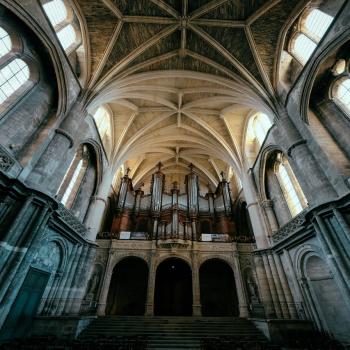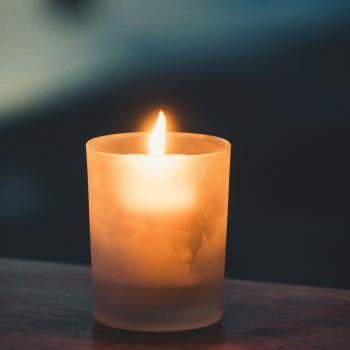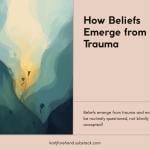The Veil Thins: Hallowe’en/Samhain/Day of the Dead
Cultures all over the Northern Hemisphere celebrate the turning of the annual cycle towards the dark of the year by honoring the dead and embracing the shadow.
Symbolism and traditions
Samhain is a time for honoring those who have passed from the physical plane before us and for allowing out the trickster in all of us through dressing-up and playing games. This internationally celebrated moment in the calendar occurs when we reach the halfway point (known as the cross-quarter day) between the Autumn Equinox and the Winter Solstice, around the beginning of November, although the exact date is a few days later, when the Sun reaches 15 Scorpio. This year the cross-quarter day falls on November 7. Most of us will be made aware of this time through Hallowe’en on Oct 31, and the Day of the Dead on Nov 2, so the energy portal extends throughout the whole of the first week of November.
The fall cross-quarter day and the days surrounding it have been recognized for millenia as a time to honor the ancestors, the souls who have passed over to the mysterious “other side”. It’s a period in which the veil thins and we come closest to the death realms and those who have passed before us. The Celts called it Samhain, meaning Summer’s End, and saw it as a festival of major importance that marked the end of the light half of the year (samos), associated with life, and the beginning of the dark half (gamos), associated with death. In the dark half of the year, the energies of life naturally return to the womb of creation, to rest, repair and prepare to be reborn. The vital force connects to the cauldron of the land, the soil beneath our feet, the cave of renewal.
In Mexico, this time is celebrated as the Day of the Dead, a colorful fiesta that merges the old Aztec festival of honoring the dead with the Catholic All Saint’s Day, and the following day, named All Soul’s. The festivities are meant to attract the dead in order to be close to them again. In old Britain, the season of All Saint’s Day and All Soul’s Day was called Allhallowstide, hallow being an ancient version of the word holy. In the U.S. (and increasingly in the U.K. and Europe) this portal is celebrated on October 31, as the secular festival of Hallowe’en, (All Hallow’s Eve) which even though thoroughly commercialized, still retains much of the old symbolism.
Clearly, this window is a strong time for contacting the spirits of the dead and an appropriate time for honoring their memory. It’s a time for honoring family, for thanking our ancestors–genetic, cultural, and spiritual–for the gifts of life and of knowledge that they have passed down to us. It is a powerful opening for spiritual practice, for contacting the wisdom and guidance available to us from the unseen realms. The past is vividly available right now, and gives us the chance to understand how it influences the present and therefore shapes the future. Divination is a way of getting in touch with the divine impulse, and this is an excellent time to use divination tools thoughtfully and to get useful answers to vexing questions.
It’s the time to prepare for winter, both practically and psychologically, gathering in crops and resources. In rural Britain, apples were the last major crop to be harvested, and in the Celtic tradition the fortunate dead go to The Land of Apple Trees. This association comes down to us in the Hallowe’en game of bobbing for apples.
The cross quarter days are times in which the veil between the world thins and normal rules of conduct are suspended. Conventional patterns of life temporarily cease, allowing all the energy trapped by the rules of daily life to come to the surface and be released. At Beltane this license manifests sexually, while at Samhain the normally suppressed energies are released through deliberately encountering the shadow. The wicked part in all of us is given a moment to play, in the form of pranks such as trick-or-treating and dressing up as shadow figures: witches, wizards, skeletons, and ghosts. Gender distinctions fade and cross-dressing is allowed through the anonymous ritual of costumes and masks. Even the everyday sense of being human disappears as people (today, most often children) dress up as fairies, animals, and monsters.
The liminal nature of this time–in between light and dark, life and death–gives access to the magical reality that lies just beyond the mundanity of the everyday. This is why children get so excited at Hallowe’en and why it is important for their psychological well-being.
This year, I am in Australia, where Hallowe’en is celebrated and the children trick or treat with enthusiasm, while the Pagan and Goddess communities celebrate Beltane, understanding that it is Spring here and that the festivals are opposite to those recognised in the Northern Hemisphere. I think I will have a little Samhain celebration by myself, as otherwise this will be a year for me without that special moment of honoring those who have passed on before.
Blessings to all!















